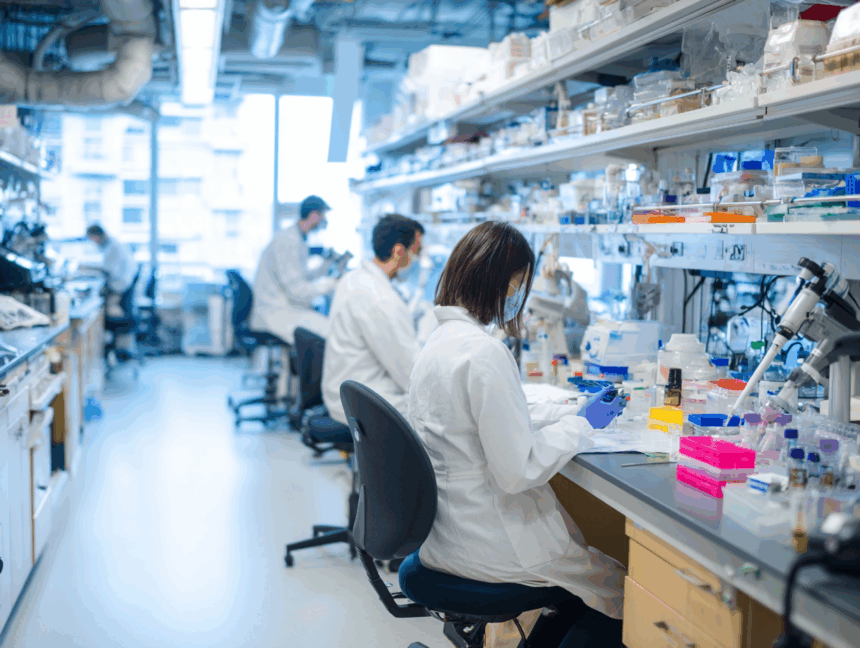Groundbreaking research from the University of Sydney has revealed a newly identified brain protein involved in the progression of Parkinson’s disease, along with a promising strategy to modify its harmful effects. This discovery could pave the way for a new class of treatments aimed at slowing, or potentially halting, the course of this debilitating neurological condition. Parkinson’s disease is the second most prevalent neurodegenerative disorder after dementia, affecting over 150,000 Australians and millions more worldwide.
The research, led by Professor Kay Double at the University’s Brain and Mind Centre, is the culmination of over a decade of dedicated investigation into the biological mechanisms behind Parkinson’s. In a 2017 study published in Acta Neuropathologica, her team was the first to identify an abnormal form of a protein called SOD1 in the brains of individuals with Parkinson’s disease. While SOD1 typically plays a protective role in brain cells, the researchers found that it can malfunction in Parkinson’s patients, clumping together and damaging neurons.
In their latest study, published in Acta Neuropathologica Communications, the team extended their earlier work by testing a novel treatment targeting the faulty SOD1 protein. Mice genetically engineered to exhibit Parkinson-like symptoms were given a copper-based supplement over three months. Remarkably, the treated mice showed a significant improvement in motor function, while those given a placebo experienced the expected decline associated with the disease. These results provide strong evidence that intervening in SOD1 dysfunction can reduce or prevent movement-related impairments associated with Parkinson’s disease.
Professor Double expressed cautious optimism about the findings, noting that all treated mice showed significant improvements in mobility. “We hoped that targeting this malfunctioning protein might alleviate symptoms in the mice, but even we were surprised by how effective the treatment was,” she said. “This is an encouraging sign that a similar approach might prove beneficial for people living with Parkinson’s disease.” However, she also emphasised the need for further studies before the method can be safely and effectively applied to human patients.
Parkinson’s disease is marked by the gradual death of dopamine-producing cells in the brain, leading to symptoms such as tremors, rigidity, slow movement, and poor balance. Although current therapies may temporarily ease symptoms, there is no known cure, and existing treatments do little to alter the long-term progression of the disease. Professor Double’s work contributes to a growing body of research aimed at understanding the underlying causes of Parkinson’s, with the ultimate goal of developing treatments that do more than manage symptoms.
The team now plans to explore how best to translate their findings into clinical trials, a crucial step in determining whether targeting SOD1 can become a viable therapy for humans. Professor Double compared the future of Parkinson’s treatment to the multi-faceted strategies used for HIV, suggesting that while a single intervention might not offer a cure, combining approaches could produce meaningful outcomes. With continued research, this protein-targeting breakthrough could mark the beginning of a new chapter in the fight against Parkinson’s disease, offering patients not only symptom relief but also renewed hope for the future.
More information: Kay Double et al, Copper supplementation mitigates Parkinson-like wild-type SOD1 pathology and nigrostriatal degeneration in a novel mouse model, Acta Neuropathologica Communications. DOI: 10.1186/s40478-025-02048-2
Journal information: Acta Neuropathologica Communications Provided by University of Sydney








